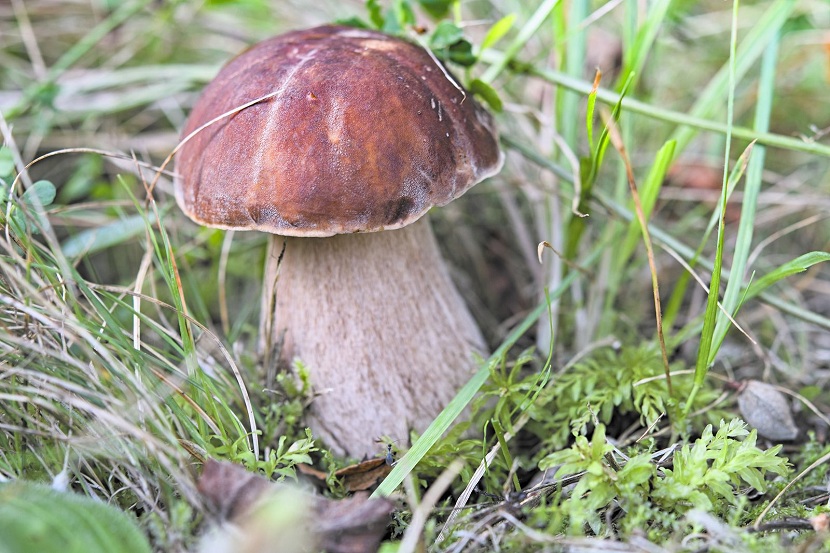
Autumn is the golden season for mushroom picking. There are many people who love to say to collect mushrooms of all kinds to enjoy their culinary power afterwards. Depending on the rainfall that has occurred during spring and typical summer storms, it is possible that the number of mushrooms that there are and their variety will be different each year. Knowing how to differentiate whether a mushroom is poisonous or not is key to avoiding any problems after harvesting. Therefore, we are going to dedicate this article to the how to tell if a mushroom is edible or poisonous.
If you want to know more about it, this is your post.
How to tell if a mushroom is edible or poisonous
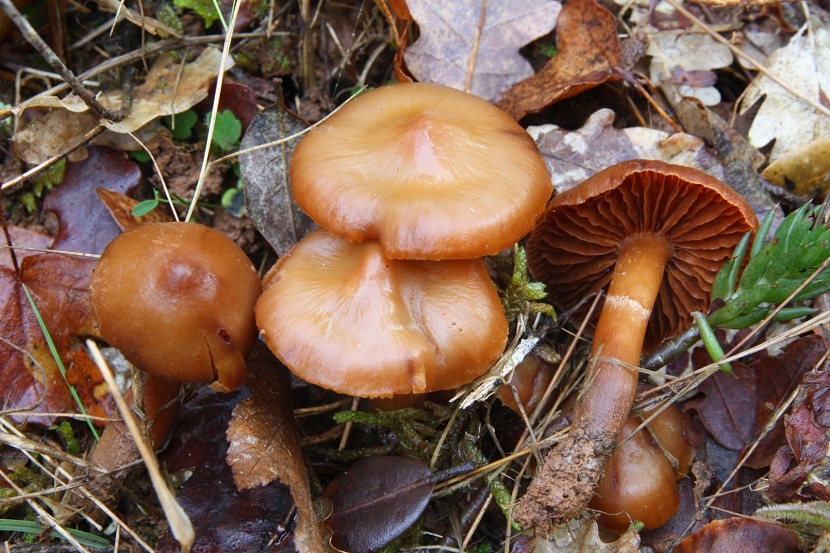
One of the most coveted foods during the harvesting stage are the different mushrooms that we find in the humid forests. It is quite a fun and entertaining activity as well as original. However, it can become a dangerous activity if you do not know well what are poisonous mushrooms and which are edible.
To be able to distinguish if a mushroom is toxic, we must first know a selection of mushrooms and identify them both the foot and the hat. Among those mushrooms that have a foot and a hat there are some that are very toxic and are those that usually have the shape of the intestine or brain on the head. In order to become an expert in differentiating edible and toxic mushrooms, all parts of the mushroom must be analyzed: hymenium, hat and foot.
Hymenium of a mushroom
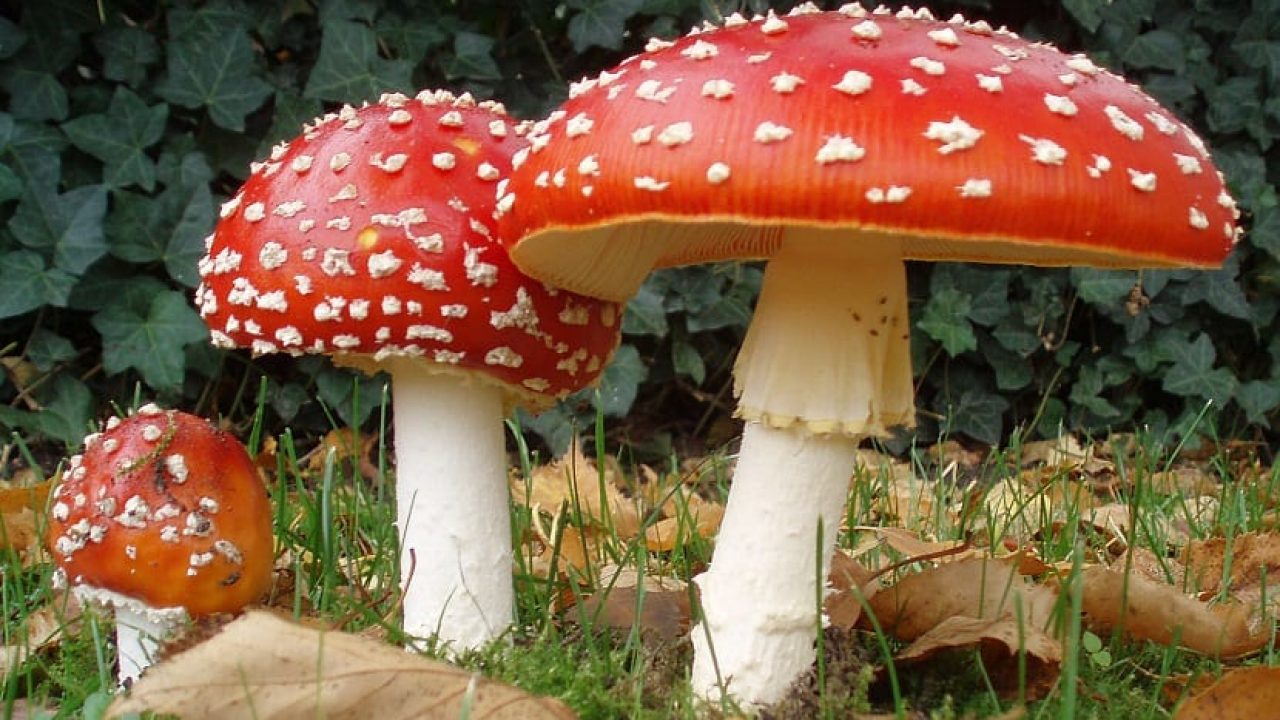
The hymenium is the part that gives fertility to the mushroom. It is also known by the name of carpophorus. It is where true cell fusion occurs and spores are produced that will subsequently give rise to new individuals. This hymenium is always located in the most protected area of the mushroom due to the importance it has for its reproduction. As you might expect, there are different types of hymenium and you have to learn to differentiate them. Usually it is usually placed under the hat and they are basically divided into 4 types: sheets, separable tubes, pleats and stingers.
Another important indicator is the breakage of the meat. Depending on the mode you have the mushroom to break its flesh we can differentiate them into fibrous or broken like chalk or grain. This character is due to the cellular composition of the mushroom tissues. In some there are predominant cells that are elongated and thin that are known by the name of hyphae. On the other hand, there are also mushrooms that have many spherical cells called spherocysts. These spherical cells intermingle with the hyphae and are what give the meat a chalky or large texture.
The vast majority of toxic mushrooms tend to belong to that group that, when the meat is broken, take on a fiber appearance. There are only a few species of poisonous mushrooms that break like chalk. A differentiating characteristic is that they tend to have a very spicy flavor.
Spore color
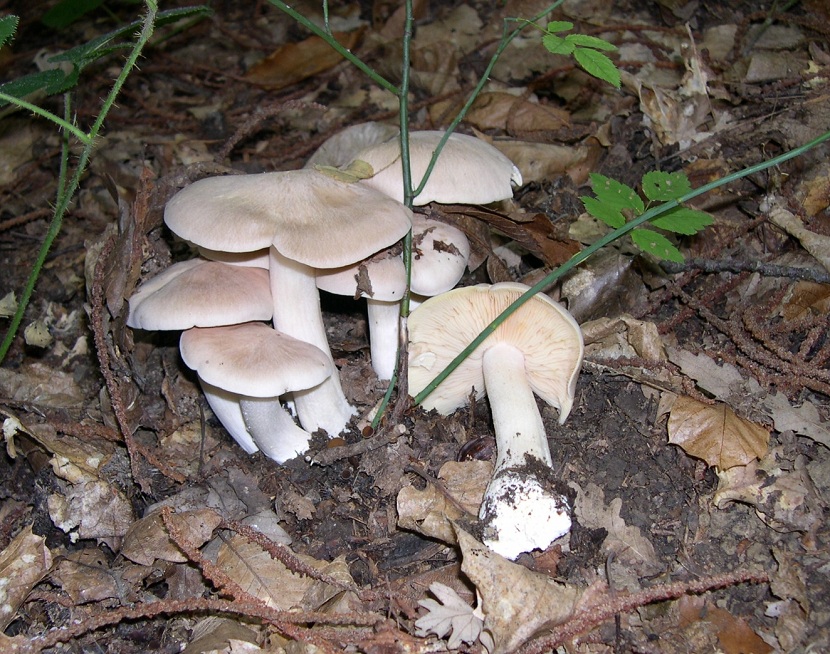
Another fundamental aspect that we must take into account if we want to know if a mushroom is edible or poisonous is the color of the spores. It is the most difficult character to recognize in all species of mushrooms. To know the status, you would have to let spores can be deposited on paper. Considering the color of the lamellae, it is necessary to look at the mature specimens. Depending on the color of these lamellae, the color that the spores will have can be represented quite well.
There are 4 basic colors for spores: white, brown, pink and black. We can study the insertion of the plates in how they are positioned with respect to the foot. This is an important factor in distinguishing whether a mushroom is poisonous or edible. Some plates come running down the foot and others are of the decurrent type that go up towards the top of the foot. This is known as cleavage plates and provisions.
To differentiate this type of sheet is more complicated since it is necessary to see if the foot easily separates from the hat one. It is as if the foot is removable and will leave a kind of circular net footprint around the foot. If it breaks without leaving a trace, we would speak of low-cut and free sheets. If the foot is difficult to separate, we would speak of other types of sheets.
Veil remnants
When the mushrooms are at the beginning of their development, they are covered by different veils as a thin web or membrane that serves to protect the mushroom from adverse environmental conditions. As they develop, many species completely lose the remains of these veils and others maintain it. The presence of one of these remains is key when it comes to differentiating whether a mushroom is edible or poisonous.
The main types of veils are as follows: It returns to the base of the foot, warts on the hat that are usually easily detachable with the finger, a ring on the foot and a curtain like a spider web between the edge of the hat and the foot.
Poisonous common mushrooms in Spain
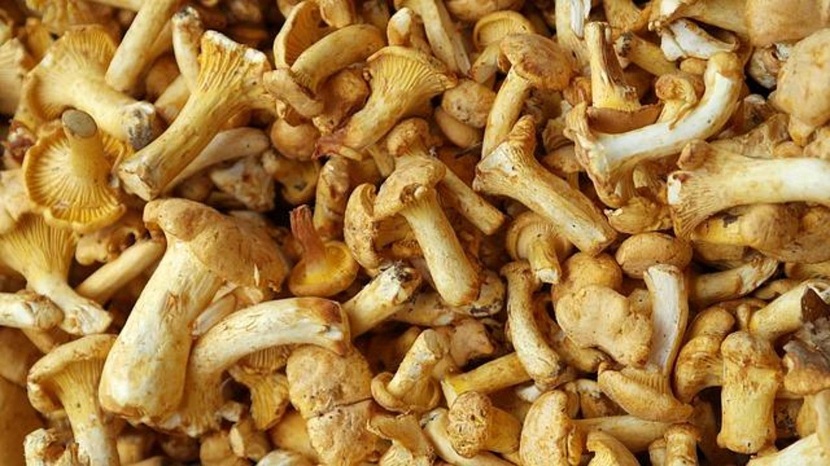
- Amanita phalloides: It is the specimen that causes the highest number of poisonings at a general level. The venom of this mushroom can kill a human being in just a few hours.
- Amanita muscaria: This mushroom cannot be confused with the colorful harmless typical gnome mushrooms. The ingestion of fly agaric can cause neurotoxic effects with serious consequences.
- fly agaric: the effects of consuming these mushrooms are lethal. It is a kind of mushroom that grows, especially in the spring time.
- Boletus satan: it is one of the mushrooms of the genus Boletus best known for being poisonous. Although its venom is not as aggressive as its name. If you eat it, you may feel intestinal pain, fever and vomiting. This effect is increased if it is consumed raw.
I hope that with this information you can know how to know if a mushroom is edible or poisonous.